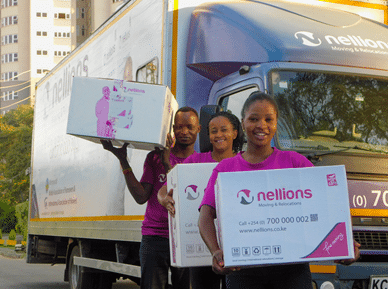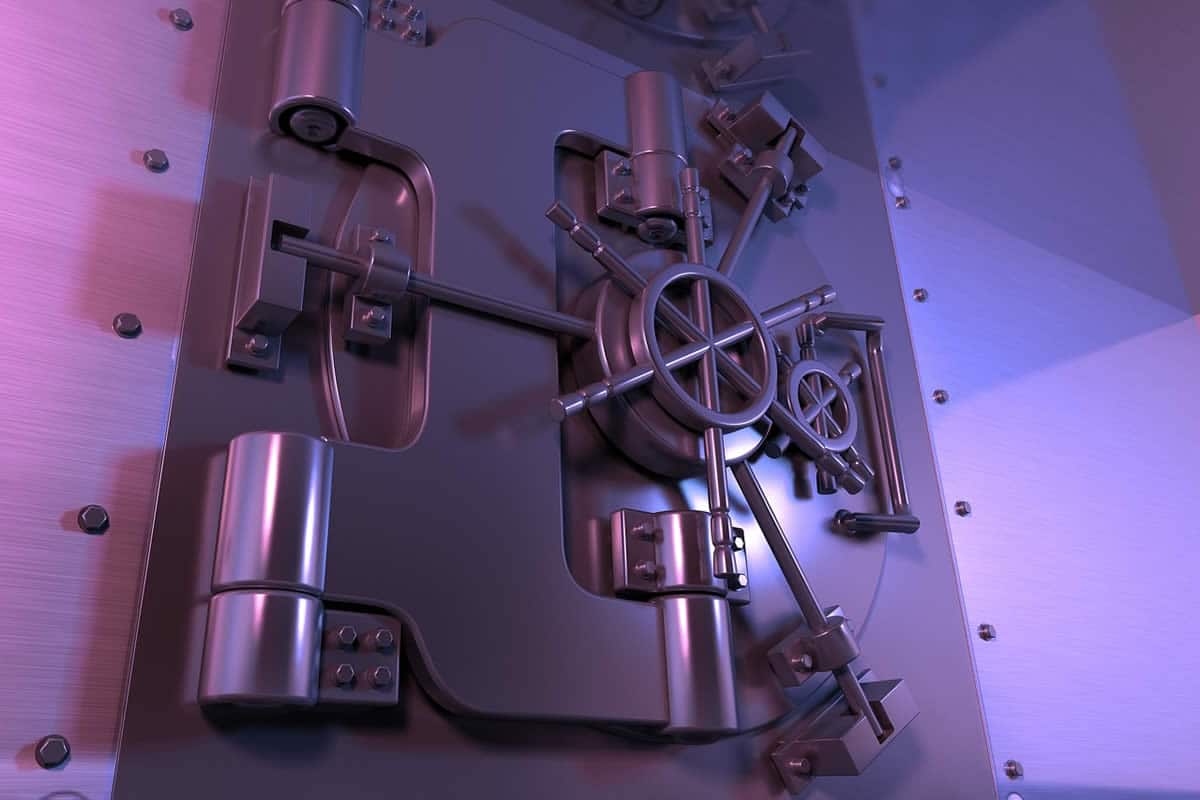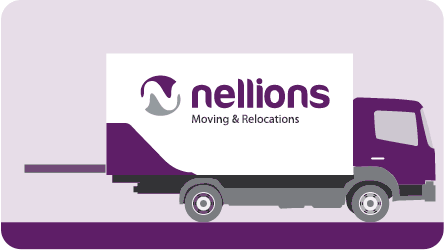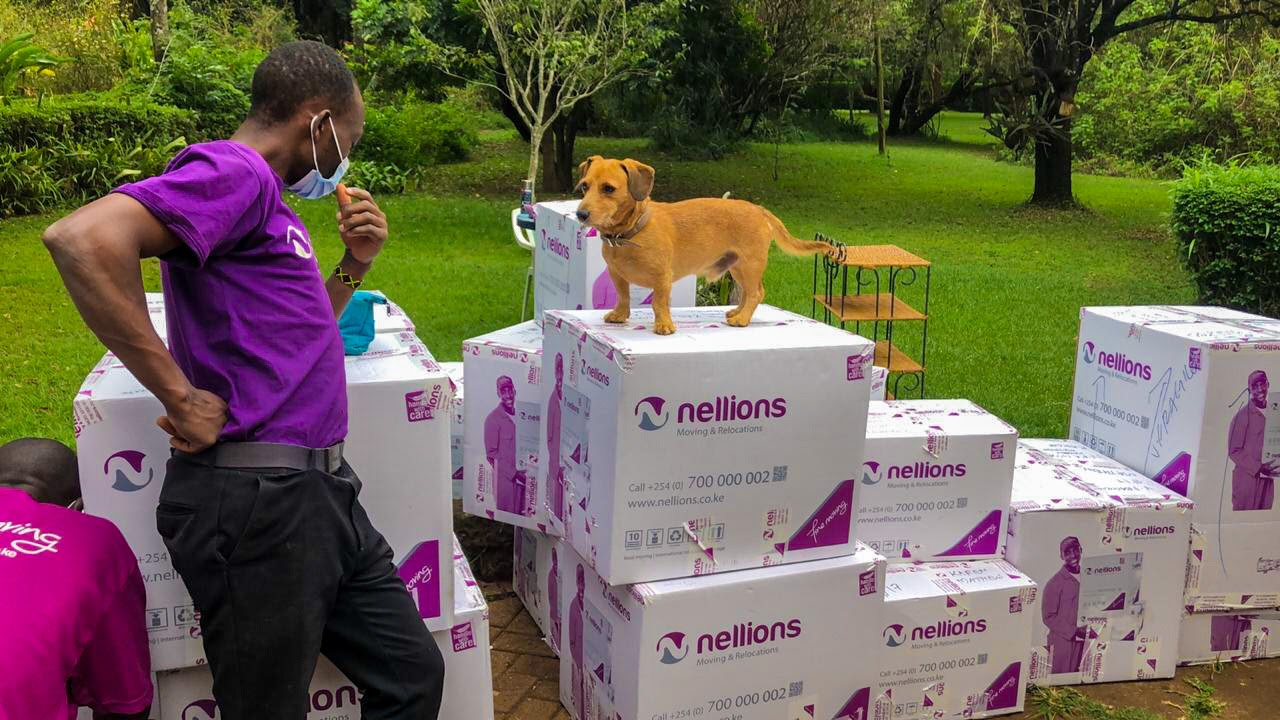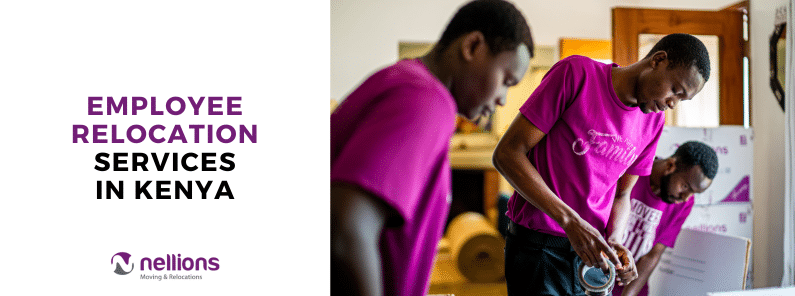A safe is more than just a metal box; it is a handy tool that is used to protect one’s most valuable items and prized possessions against theft, fire, and other disasters. Special care needs to be taken while moving safes due to their heavy weight and bulky nature.
There are two major types of safes: a portable safe that is designed for easier transportation and can be used for storing documents, jewelry, money or other small items. Bigger safes are much harder to move about, and they remain in the same position for long periods of time.
At a fundamental level, most safes provide protection against harsh weather conditions and fire. Most fireproof safes can withstand heat past 1000-degrees Fahrenheit for up to two hours to keep your valuables safe. Waterproof safes, on the other hand, keep your documents safe in case of submersion or humidity – which is critical to consider for areas that attract moisture such as closets or cabinets.
There are different types of Safes which depend on the purpose of their use.
The most common types of safes that we encounter in Kenya are:
1. Floor safes
This type of home safe is designed to be bolted to the floor out of plain sight. Floor safes are often recommended for protection against fires.
2. Wall home safes
A home safe that is designed to be mounted to the wall. Most wall safes are perfect to keep out of children’s reach. Some wall home safes are designed to be hidden by building them behind hanging pictures or TVs to be undetectable to thieves, but easy to access.

3. Commercial safes
This safe is designed for businesses to safely store extra cash, receipts, valuables and other sensitive documents or items from intruders. Businesses often use safes for cash boxes, key boxes, data and documents to organize and store each separately.
4. Jewelry Safes
These are safes specifically made for storing jewelry. They are padded on the inside to make them fire proof and water proof and also to avoid breakage. One is assured of the jewelry staying intact when moving the safe. They have different partitions to store different types of jewelry
5. Data Safes
Fireproof data safes are specifically designed to store not just paperwork and documents, but also vital and irreplaceable computer media and back-ups, such as Flash Disks, CDs,DVDs, and hard drives. They offer greater protection from fire than fireproof document safes, as they have thick insulated walls and are engineered to maintain internal temperatures below 52 degrees Celsius or less for a specified time period. They are mostly used by Tech firms, Media houses, Government offices, Security firms, Banks and other organizations that need to protect valuable data.
6. Wardrobe Safes
It is designed to be installed in a hidden drawer in one’s closet. It’s best suited for storing passports, handguns, cash and jewelry.
7. Portable Safes
Portable safes are compact and often weigh less to easily carry from one location to the next. They may include a handle or tethering cable to attach your safe to a sturdy object. Portable safes are great for dorms, rental properties and traveling. They are great for carrying sensitive information when on the move.
8. Chest Safes
These are the kind of safes you see in movies with treasure hunts. They are quite heavy but selectively portable, and can only be unlocked using a key. Some are antiques and are mostly used for sentimental items like jewelry that is passed down from one generation to another.
Note that modern day chest safes almost look like portable safe and the difference is their purpose where portable safes are mostly used for sending lightweight items securely (keys, documents, drives, etc) between two entities while chests are for transporting heavier goods.

Moving a safe can be a bit risky and tiresome hence why it is good to use professional movers. If you are up for the task, you can also move the safe on your own and here are some of the tips that will come in handy:
How to Move a Safe
Prepare the safe for moving
The first step is to empty the safe so it is lighter and find an alternative way to transport your valuables, preferably using moving crates or boxes.
Secondly, ensure that the safe door is locked. If it accidentally opens during the move it can cause irreparable damage.
The last step before moving is to pad the safe with moving blankets to protect it from hits and scratches during the moving process.
Moving equipment
Having the right moving equipment is important as it makes your work easier and safer. For loading and unloading on the moving truck, you will need a dolly or trolley (depending on the size of the safe) and a ramp. Ensure that the dolly can accommodate the weight and dimensions of your safe.
Secure the safe on a dolly
Slide the dolly underneath the safe until the latter rests safely against it. Use the supporting straps to strap it down to the moving dolly. Tighten the straps as far as they will go to eliminate any movement of the huge load. Make sure it is well balanced and stabilized to avoid tipping when moving.
Moving to the truck
Make sure the exit path to the truck is clear and free of any obstacles. Map out the entire route from where the safe is to the moving truck. Measure all doorways and tight spots in order to know which exit to use and know how to navigate the tight spots. Navigate the corners and stairs with utmost caution while making sure to protect the floor and walls so they don’t get damaged. Always use the closest and easiest exit that is convenient to move the safe.
Loading on to the truck
The truck should be large enough to accommodate the safe. The best trucks for moving safes are the ones that have motor-driven loading ramps to wheel up the safe into the truck.
Setting up the safe
The first step in setting up your safe is finding an appropriate location to house it. Ideally, the spot should be hidden from view and free of electric cabling and piping. Even more importantly, you should check the building plans to understand if your preferred location can bear the added weight of the safe.
You will need the following tools:
- Drill along with drill bits
- Socket set
- Screwdrivers
- Marker pen
- Fixing gear for the safe (usually provided by your safe manufacturer)
The simplest of all safe installations is to place it where it is required — whether that’s in a wardrobe or a floor somewhere — and secure it by bolting it or cable fixing. Each safe comes with pre-drilled holes in the back and/or base. As a precaution, do not place a safe that is over 60 kg on a wooden floor.
For floor safes, avoid a position with underfloor heating/cooling and watch out for pipes and wires that are in the floor or walls. The size of the hole should be slightly bigger (about 4 inches wider and 3 feet deeper) than the dimensions of the safe. The hole can then be lined with a damp membrane to prevent intrusion by water or moisture. Pour a layer of concrete to provide a firm, flat base for the safe to rest. You’ll also need to take care to ensure that your safe does not end up sunken into the hole or rising from the ground.
For a wall safe, identify a section of the wall that can bear the weight and one that can reinforce the safe from the back. The weight of the safe door can shift its balance when opened, so it is essential that it is bolted properly to avoid any catastrophes.
The primary consideration when moving a safe is safety. Safety for the safe, its contents, its surroundings, and, of course, the movers.
Should you wish to leave the heavy lifting to the professionals, find a decent moving company like Nellions with the equipment, resources and experienced manpower to move your safe in a safe and speedy manner.



